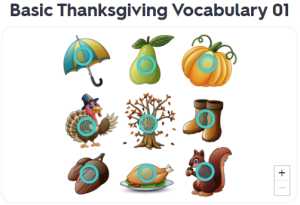
Literacy teachers emphasize reading and writing because those are the only two skills assessed at the literacy level. However, when does the attention given to those two skills become excessive? And, by devoting the bulk of class time to those two skills, do we do so at the expense of a holistic approach to teaching?
Continue reading








